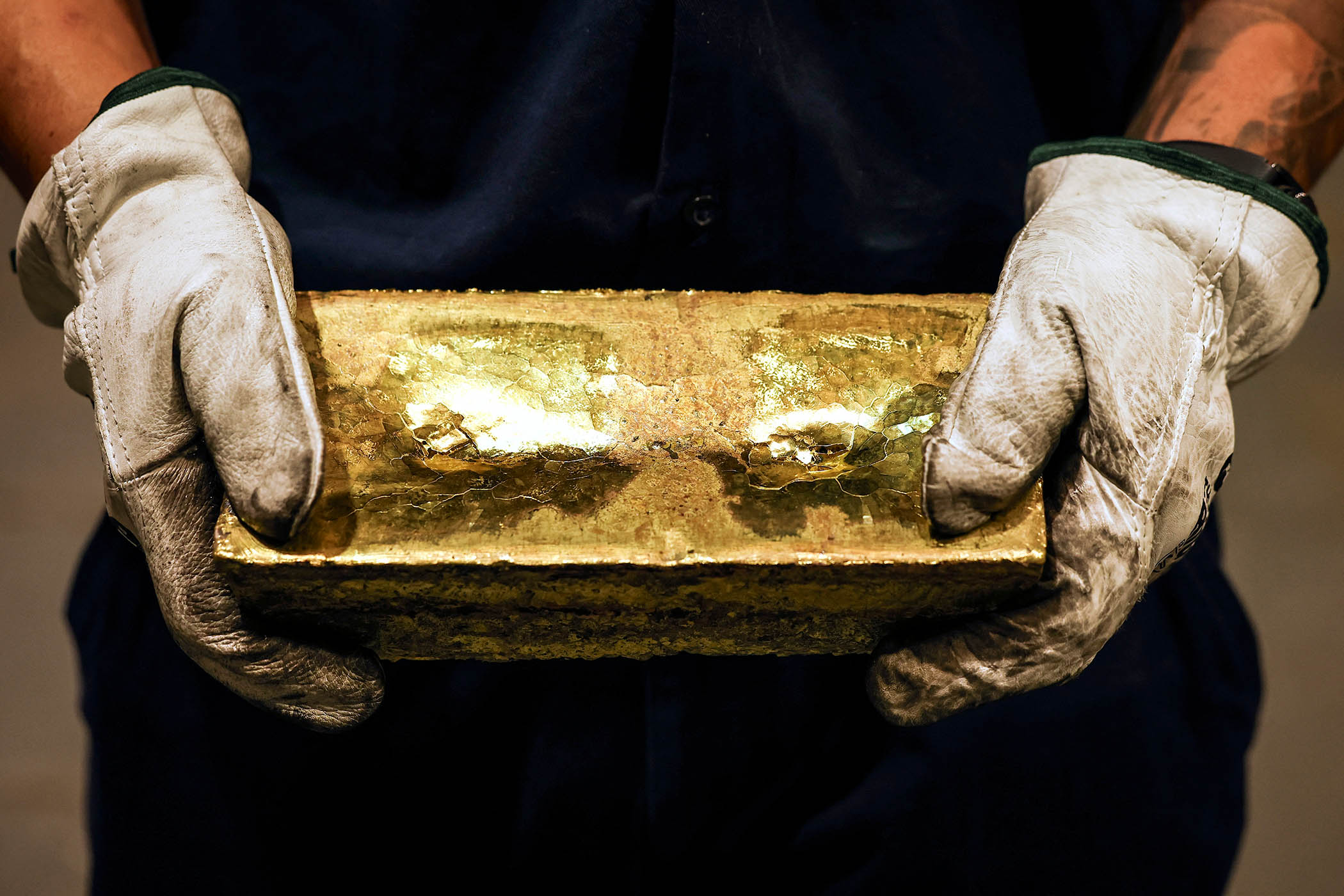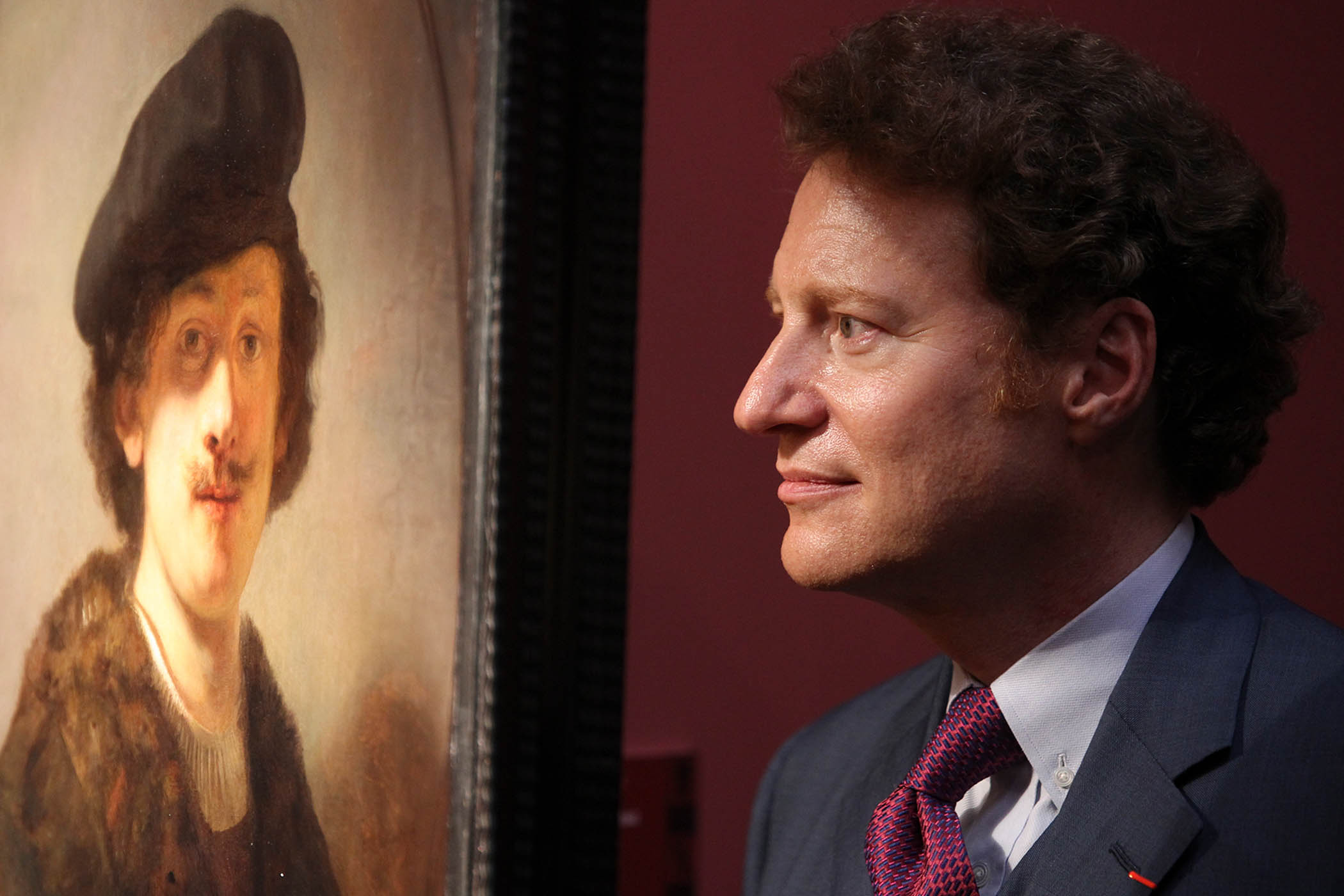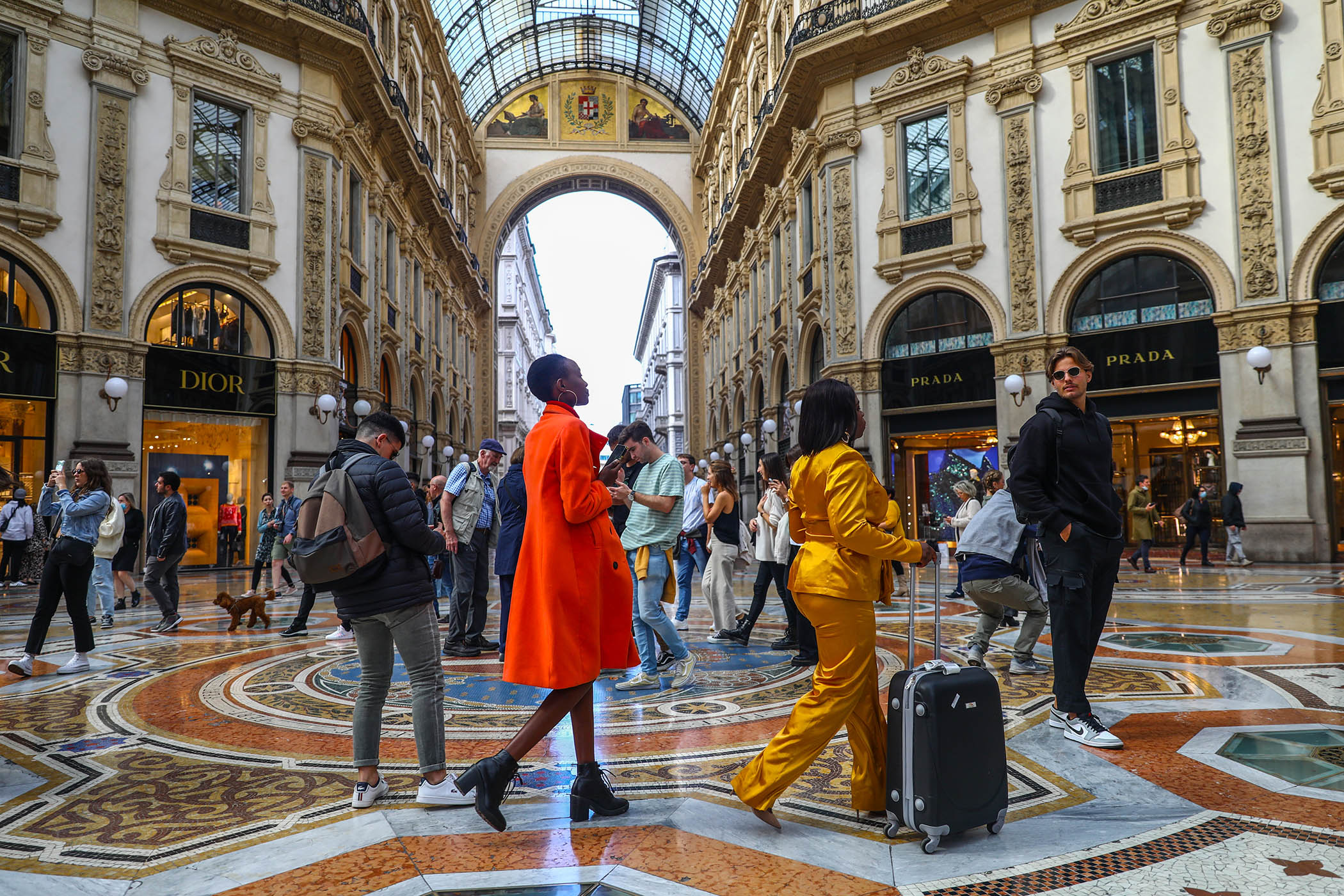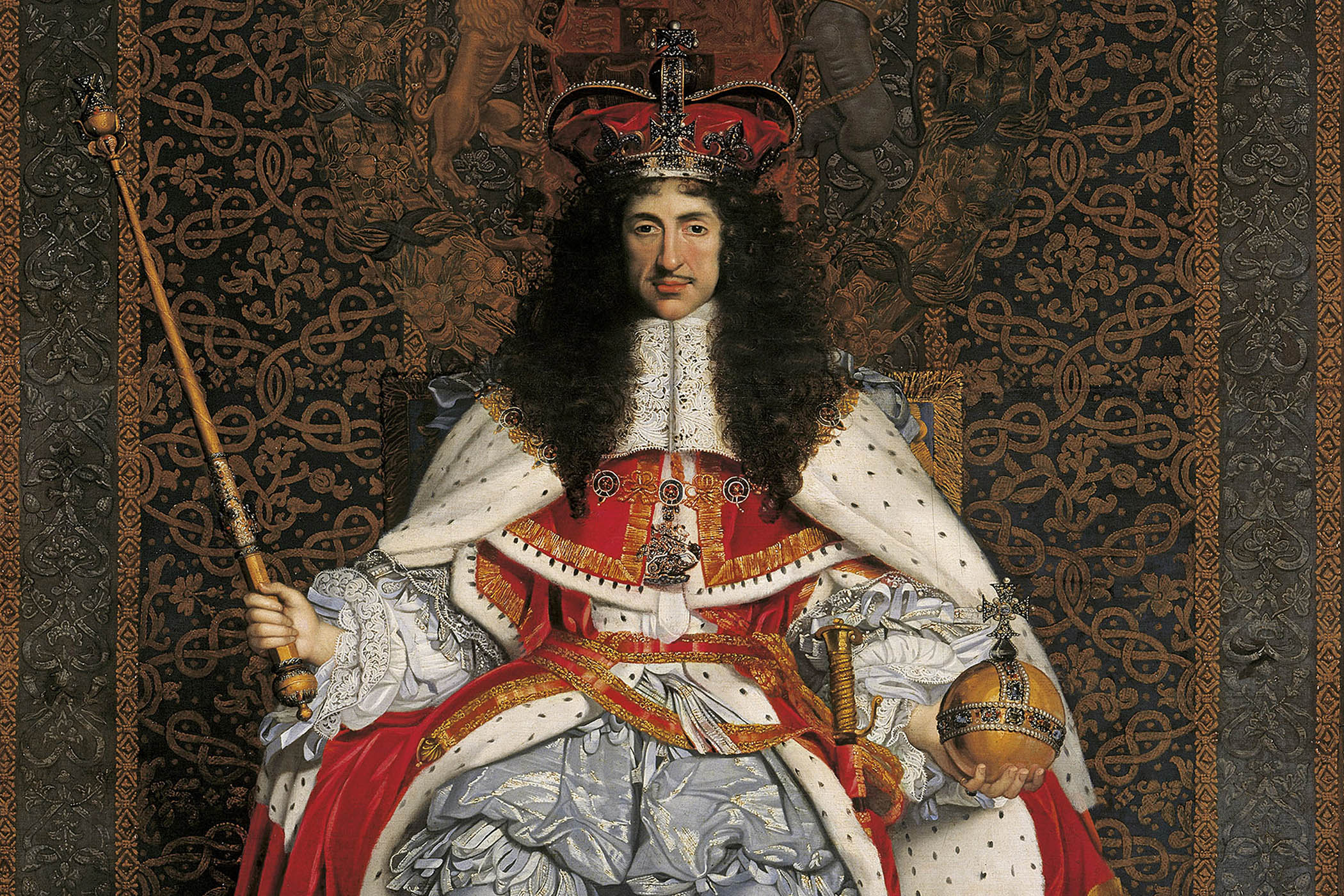
The chaotic political scene in the US has spooked market confidence in currency, resulting in a ‘perfect storm’ moment of soaring prices for the precious metal
In a small office space above a non-descript shop front on New York’s Madison Avenue, a series of Rembrandts line the walls. Building what is now the world’s largest private collection of the Dutch Old Master’s works (with a few by Vermeer thrown in for good measure) is one way, along with establishing a charity to protect big cats, that one of the most successful investors in gold this century has rewarded himself.
Thomas Kaplan has recently talked about an initial public offering of his Leiden Collection on the New York stock exchange – a way of “democratising the ownership of fine art” by allowing the public to buy shares in the paintings. But, as the price of gold has soared this year – reaching a new record of $4,000 an ounce this week – he has talked even louder about how much higher it might go. Describing this moment as a “perfect storm for gold”, in which “against gold, the dollar will absolutely collapse”, the billionaire is predicting that its price could soon exceed $10,000 an ounce.
This is a moment of vindication for Kaplan, who has been predicting the sort of surge in the price of gold seen this year – up 50% so far, while the dollar has fallen against other currencies by more than 10% – since before 2011, when he featured prominently in the book, In Gold We Trust? The Future of Money in an Age of Uncertainty, which I wrote with Michael Green.
“Compared to gold, all currencies are like toilet paper, though the dollar may be double-ply,” he argued scatologically back then. It was a time when other leading capitalists were engaged in a fierce debate over whether it made sense to invest in the precious metal that had once underpinned the global monetary system, but had been increasingly ignored after President Nixon abandoned the Gold Standard in 1971.
Three years after the financial crisis nearly destroyed the global financial system, Kaplan was joined in backing gold by legendary former Federal Reserve chairman Alan Greenspan and hedge funder John Paulson, who famously made a fortune by predicting the crash of 2008. Others were more dismissive. Chief among them was Warren Buffett, known as the “Sage of Omaha” for his wise approach to investing, who dismissed gold at the time as “neither of much use, nor procreative”. He argued it does not produce cash flow or create economic value (although later he did briefly invest in a gold-mining company).
Related articles:
‘Compared to gold, all currencies are like toilet paper, though the dollar may be double-ply’
Thomas Kaplan
Kaplan, Greenspan and Paulson had expected rampant inflation to result from the massive quantitative easing by the world’s central banks to support the economic system after the crash by pumping in cash. Gold has long been viewed as a good hedge against inflation. But inflation stayed low for the rest of the decade, probably due to a combination of globalisation keeping down the price of imported produce and workers’ pay demands staying low. Meanwhile, the money pumped into the financial system helped push up the price of assets of every kind, from equities to bonds, to real estate to, yes, Rembrandts – but, paradoxically, not gold. Its price stayed below its 2012 high of nearly $1,800 until 2020.

American collector Thomas Kaplan poses for a photo with his painting, Self-portrait with Shaded Eyes (1634), by Rembrandt van Rijn.
What has caused the recent surge? Surprisingly, the post-Covid inflation, brought on by a mix of supply-chain disruptions and excessive economic stimulus, saw only modest increases in gold. Likewise, the steady increase in buying by central banks around the world, substituting gold for US government bonds. Recently, holdings of gold exceeded US Treasuries as a percentage of the world’s central bank reserves for the first time since 1996, in what seems like a clear statement of declining confidence in Uncle Sam. But since the start of this year, something more fundamental seems to be shifting the gold price – what Kaplan believes is a third long phase in the market, following the initial rise from $250 to $1,800 from 2001 to 2012, then the subsequent “correction”.
The key argument of In Gold We Trust? is that we are in a new period of evolution in the history of money which, since the early days of humanity, has been shaped by the interaction of two sometimes contradictory trends: the evolution of money as an economic technology, and the sometimes almost religious role of money as an expression of what people believe about the health and prospects of the economic system.
As a technology, money is generally reckoned to combine three different economic functions – as a means of exchange (a tool that makes it easy to buy and sell stuff), a unit of account (a common measure to compare the value of different things), and a store of value (so wealth can be saved for future use).
Over time, aspects of this technology have evolved. Standardised coins replaced early currencies such as beads and seashells. Central banks became more active in managing the supply of money, which had sometimes been inadequate for ensuring a fully employed economy. (It was recessions caused by the limited supply of gold that prompted John Maynard Keynes to dismiss the Gold Standard as a “barbarous relic”). The most positive spin on the current boom in crypto, from bitcoin to stablecoins and beyond, is that Silicon Valley is trying to upgrade every aspect of the technology of money. It remains to be seen if it succeeds. (A negative take is that this boom is a giant self-enrichment scam perpetrated by friends and relatives of America’s self-proclaimed Crypto President.)
Ray Dalio, one of the most successful hedge fund investors of this century, this week advised holding up to 17% of a portfolio of liquid assets in gold – which is another take on the role of money as a store of value over time. Rather than put 100% of savings in a single currency, Dalio believes it is safer to own a range of different sorts of assets that are liquid (ie, can easily be sold for cash, if needed) – and that gold should be one of those assets, particularly now, when there is rising economic uncertainty.
Which is where money as an expression of economic beliefs becomes especially relevant. One way to view the current moment is a raging battle between three different economic faiths: the old apocalyptic religion of gold as the ultimate economic asset, versus the 20th-century faith that government can be trusted to manage a healthy economy based on sound money, versus the 21st-century faith in digital technology and the algorithm as the source of economic prosperity (such as blockchain-based bitcoin).
Another top hedge fund investor, Ken Griffin, pointed out this week that currently there seem to be two winning investment strategies: betting on the US economy, especially its innovation engine that is attracting vast amounts of capital into developing artificial intelligence, and betting on gold as an alternative to America’s most visible sovereign asset, the dollar. It is highly unusual for investors to back a country’s businesses, while betting against its government.
If faith in government (especially the US government) is failing, the state of belief in the new religion of technology is harder to read. Bitcoin – which is often described as “digital gold” – has been rising, though lately not as fast as real gold. And if AI and/or crypto turn out to be part of a huge bubble, things could turn seriously bad for the US and other economies.
It is not just the “God, guns and gold” crowd long-targeted by advertisers on America’s conservative Fox News channel who are feeling apocalyptic. As one top US investor confided this week, the case for buying gold is simple: “I’ve never seen so many foundational pillars of society hanging by threads.” And, unlike crypto, “gold is something real that people can put under their pillow for when shit really hits the fan”.
Unlike in most recent periods of economic uncertainty, efforts by the White House to politicise the Federal Reserve this time around mean that few investors are certain of the Fed’s commitment to fight inflation, or that it can be trusted to organise a coordinated global rescue if economic disaster does happen. As Kaplan put it recently, “[in] the next crisis ... things could get extremely ugly”.
Photographs David Gray/AFP via Getty Images, Simon Song/South China Morning Post via Getty Images



